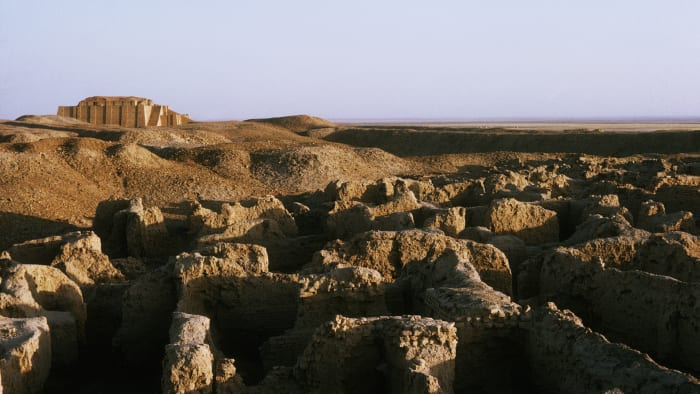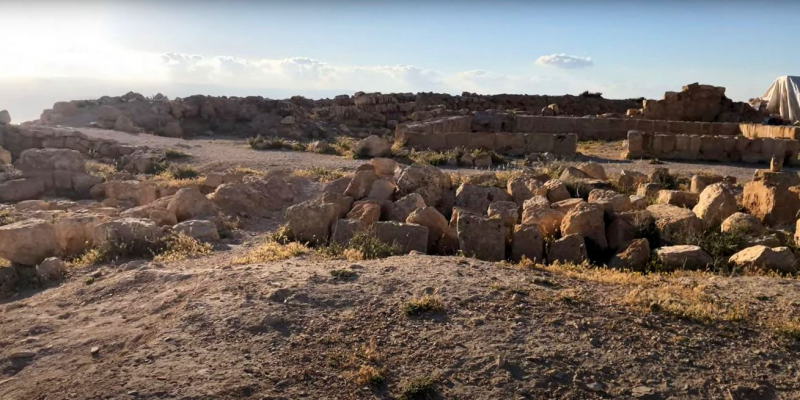The Sumerians’ Amorite Wall

Ur-Nammu built the Sumerian empire, which Shulgi thereafter solidified. In general, the empire was divided into Sumer and Akkad, Elam, Subartu, and Amurru. Shulgi's son Amar-Sin ascended to the throne in 2046 BC, and he ruled for eight years while enjoying divine favors. Elam and Akkad both acknowledged the importance of ancient culture and religion, which served as the foundation for the Sumerian era of rule.
The world's oldest civilization is also one of the earliest to have constructed a protective wall. The Amorites, a group of nomadic tribesmen who had been invading Mesopotamia, were kept out by the gigantic, fortified barrier built by the ancient Sumerian kings Shulgi and Shu-Sin during the 21st century B.C. In what is now Iraq, the "Amorite Wall" is thought to have covered a distance of more than 100 miles between the Tigris and Euphrates Rivers. Although it may have been the first substantial rampart to be constructed outside of a city, the Sumerians were only able to repel their foes for a short period of time.
By the time of Shu-successor, Sin's Ibbi-Sin, hostile invaders had either breached the wall or were moving around it, and Sumer was under siege from both the Amorites and the nearby Elamites. Around 2000 B.C., the city of Ur was destroyed, and the Sumerian civilization started to disappear.







